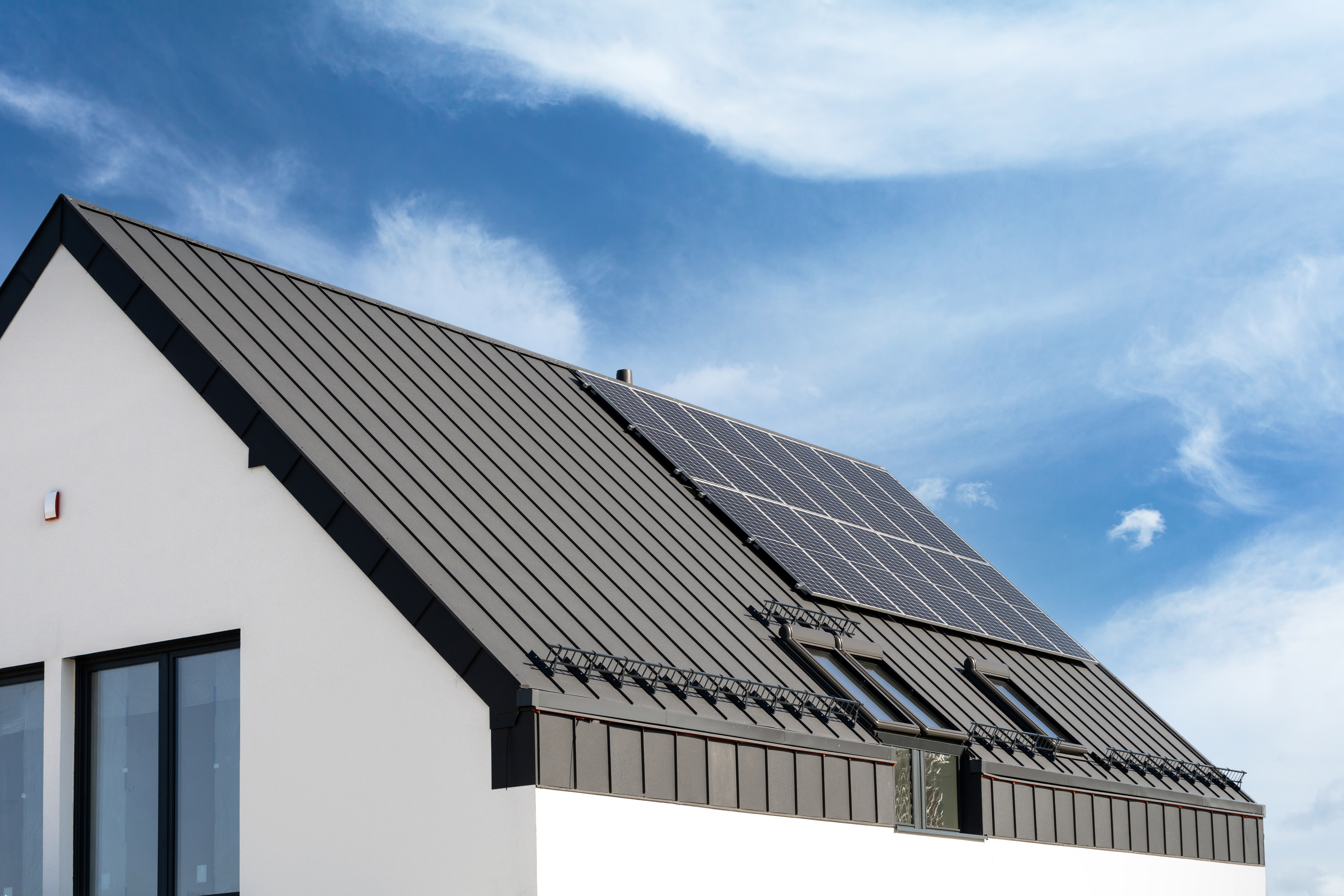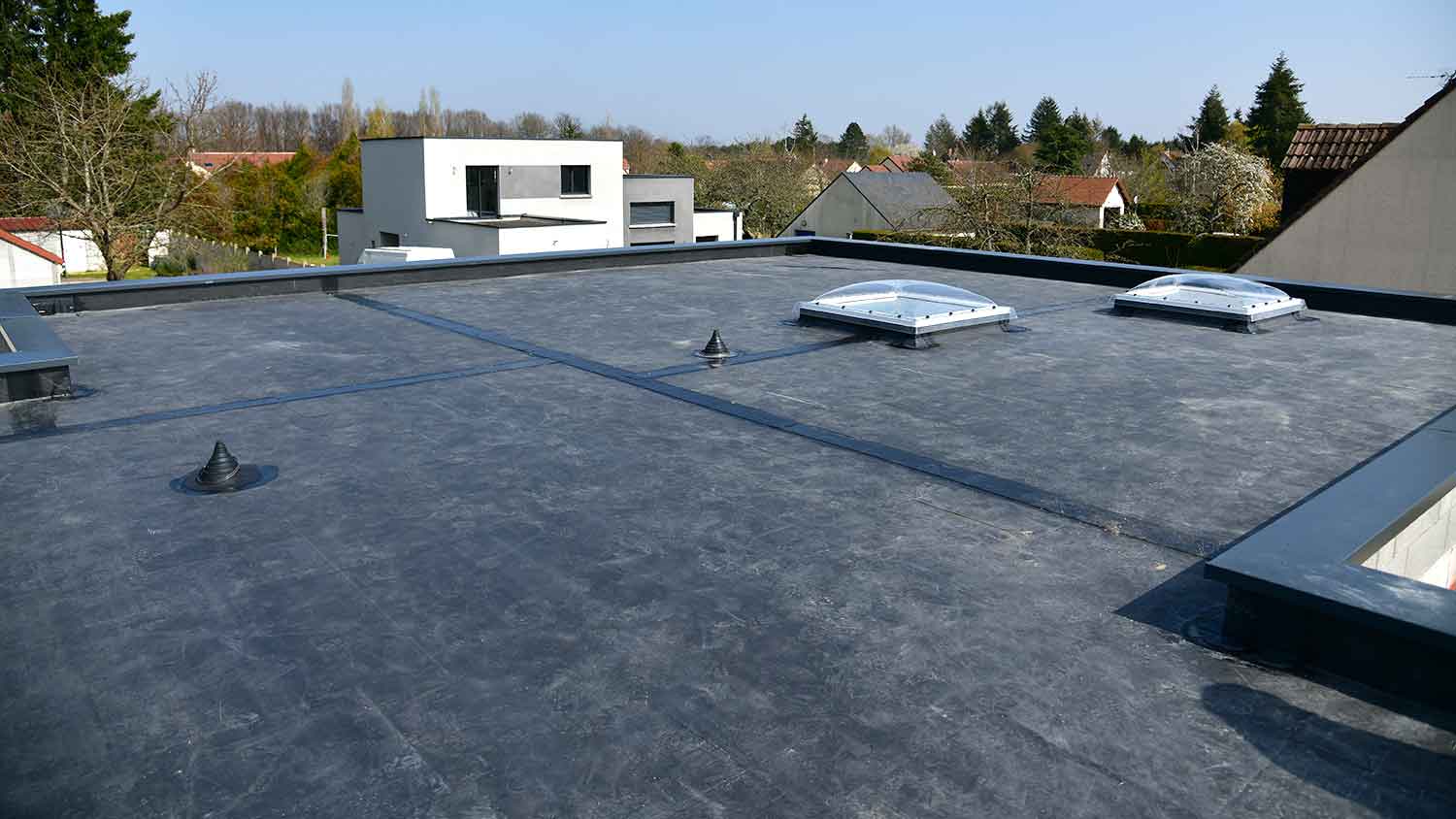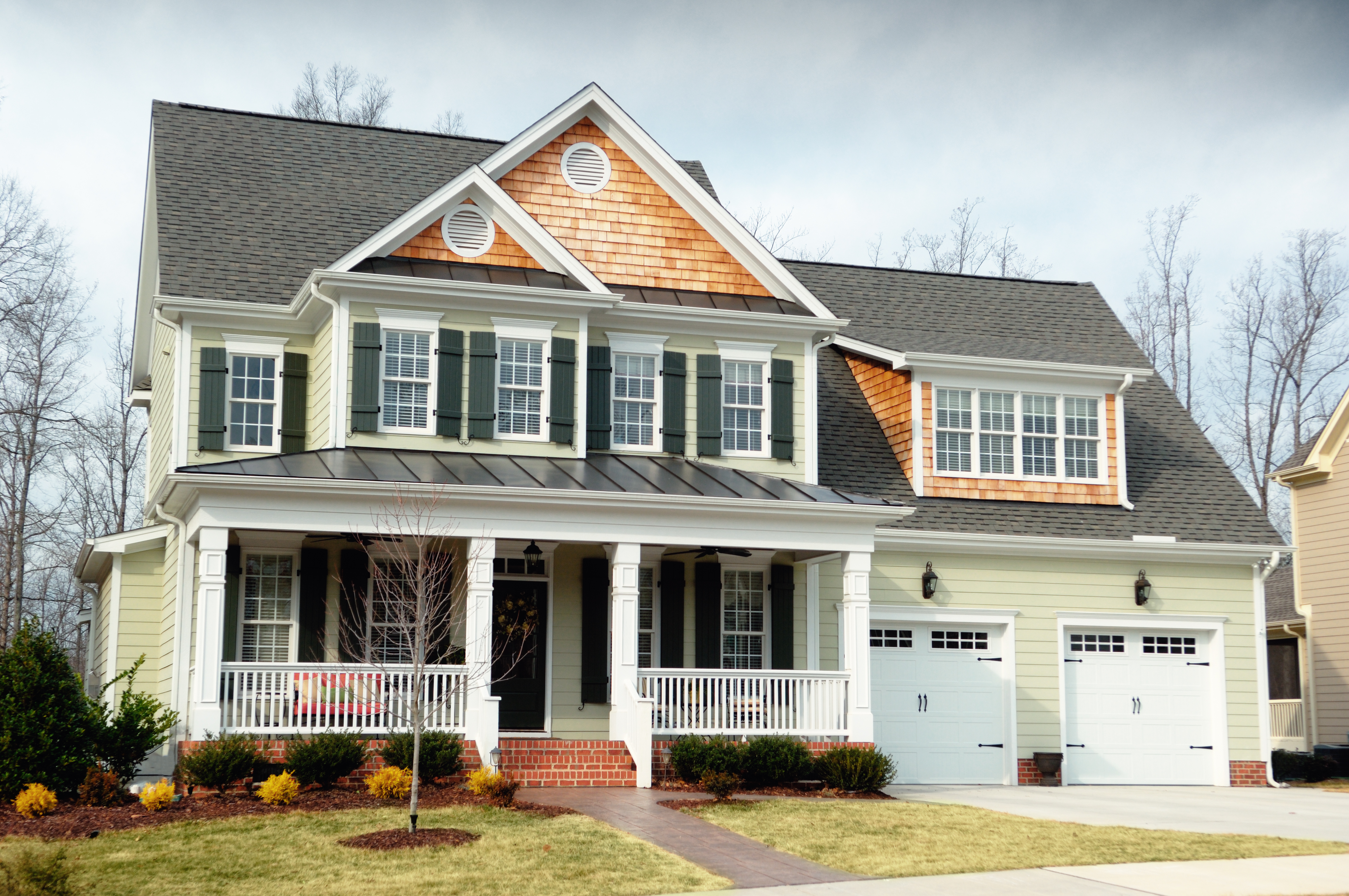
A metal roof can defend your home against Ohio’s varying weather conditions. Learn how much a metal roof costs in Columbus, OH.
EPDM is a rubber roof material that offers great protection from water


EPDM roofing is a rubber roof that’s most common on flat or low-sloped roofs.
EPDM roofing costs between $4 and $12 per square foot.
This roofing material can last for 25 to 30 years, but proper maintenance and repairs can extend the lifespan even further.
EPDM roofing is a rubber roof material that’s now a common option for flat or low-sloped roofs. It’s more common on commercial buildings than residential ones, but you can install it on low-slope roof sections on homes. If you’re in need of a new roof for your business or a flat section of your home, EPDM could be a good option that provides excellent water resistance and good value, with up to a 30-year lifespan and a relatively easy repair process.
EPDM roofing is a single-ply, rubber roof membrane that you can install on flat or low-sloped roofs. EPDM stands for ethylene propylene diene monomer, and it’s mostly derived from oil and natural gas. The roofing membrane comes in sheets that an installer will roll out over the roof and adhere before sealing the gaps between the sheets.
There are two types of EPDM roofing, differentiated by their color. The first and most common is black EPDM roofing, which will absorb more heat from sunlight and transfer it into the building. The second is white EPDM, which has a white coating over the top that reflects sunlight and helps keep the building cooler.
There are three ways to install this type of roofing, and the installation method can affect the material’s durability and the lifespan of your EPDM roof, as well as the installation cost.
Ballasted EPDM roofs use ballasts, or heavy objects, to keep the roofing material in place. This is the most affordable installation method, but it’s also the least secure. A roofer installing a ballasted EPDM roof will still seal the seams between sheets.
A mechanically fastened EPDM roof involves the use of screws and plates to keep the roof in place. The roofer will roll out the sheets of EPDM material, fasten them to the roof deck using screws, and then seal the seams and the fasteners.
A fully adhered EPDM roof is the most expensive installation option because it involves attaching all the sheets to the roof deck with an adhesive. Your installer will also seal the seams between sheets. This is the most secure method because there are no roof penetrations for fasteners, and it doesn’t rely on ballasts for stability.
The many factors that play into choosing a roofing material may surprise you, such as durability, cost, style, and the climate in which you live. Many homeowners choose asphalt, but there are various types on the market. A roofer can advise you on the best materials for your home and region.

There are some important benefits and drawbacks of EPDM roofing, which you should understand before you consider this material for your roofing project.
Durable and long-lasting: EPDM roofs can last up to 25 years when you choose a qualified roofer for installation.
Easy to repair: EPDM is easier to repair than other types of flat roofing materials, costing you less in repair costs over the life of your roof.
Resistant to extreme temperatures: Since EPDM retains its flexibility, it can withstand extreme temperature changes in areas with very hot summers and below-freezing winters.
Energy-efficient: Black EPDM is ideal for colder climates, as it absorbs heat from the sun and can keep heating costs down. White EPDM is used in hotter climates to reflect sunlight and keep the interior cooler.

Prone to leaks: EPDM roofing can be susceptible to leaks, particularly along the seams. If your area sees above-average rainfall, you may want to consider another material. Inspecting the roof and checking the seams regularly can ensure your EPDM roof stays leak-free.
Lower impact resistance: Impact from debris or even hail may puncture the EPDM, allowing water to enter through the holes.
Not aesthetically appealing: EPDM is often found on commercial buildings, and many homeowners may pass on this material because it’s not as visually pleasing as other roofing materials.
EPDM roofing costs between $4 and $12 per square foot in most cases. Ballasted installations will fall toward the lower end of that range, fully adhered installations will fall toward the higher end, and mechanical fastening will sit somewhere in the middle. White EPDM roofing is also more expensive, as it includes an additional reflective layer that drives up material costs.
When it’s time to install or replace a flat roof, you have several materials to choose from. Here’s how EPDM measures up to other flat roofing materials.
PVC roofing: EPDM stands up to extreme temperature fluctuations better than PVC, but PVC is more durable overall.
TPO roofing: TPO roofing offers better puncture resistance and seam strength than EPDM, but you’ll pay more to install TPO.
Tar and gravel roofing: Tar and gravel, also called built-up roofing (BUR), is a much heavier material than EPDM, adding weight to your roof. However, you’ll pay less for tar and gravel than SPDM.
Modified bitumen: Modified bitumen roofing is heavier than EPDM but still lighter than tar and gravel and offers more impact resistance. It requires more frequent maintenance and is more difficult to repair.
If you aren’t sure which flat roofing material is best for your home, contact a local roofing company specializing in flat roofs to recommend the right roof.
From average costs to expert advice, get all the answers you need to get your job done.

A metal roof can defend your home against Ohio’s varying weather conditions. Learn how much a metal roof costs in Columbus, OH.

Learn about roof replacement costs in Columbus and what factors are at play to budget accurately and make sure you’re getting a fair price.

Dealing with a visibly damaged roof or leak? Learn about roof repair costs in Columbus to see how much you’ll need to budget for a permanent solution.

Follow these four straightforward steps to install hurricane ties. The number of ties and the demand load will impact the project.

Furring strips support your metal roof and improve ventilation, but only if spaced correctly. Here’s the ideal spacing of furring strips for metal roofs.

Even if you were meticulous when painting your house, it's possible that paint got onto your roof. Read this guide to learn how to get paint off shingles.